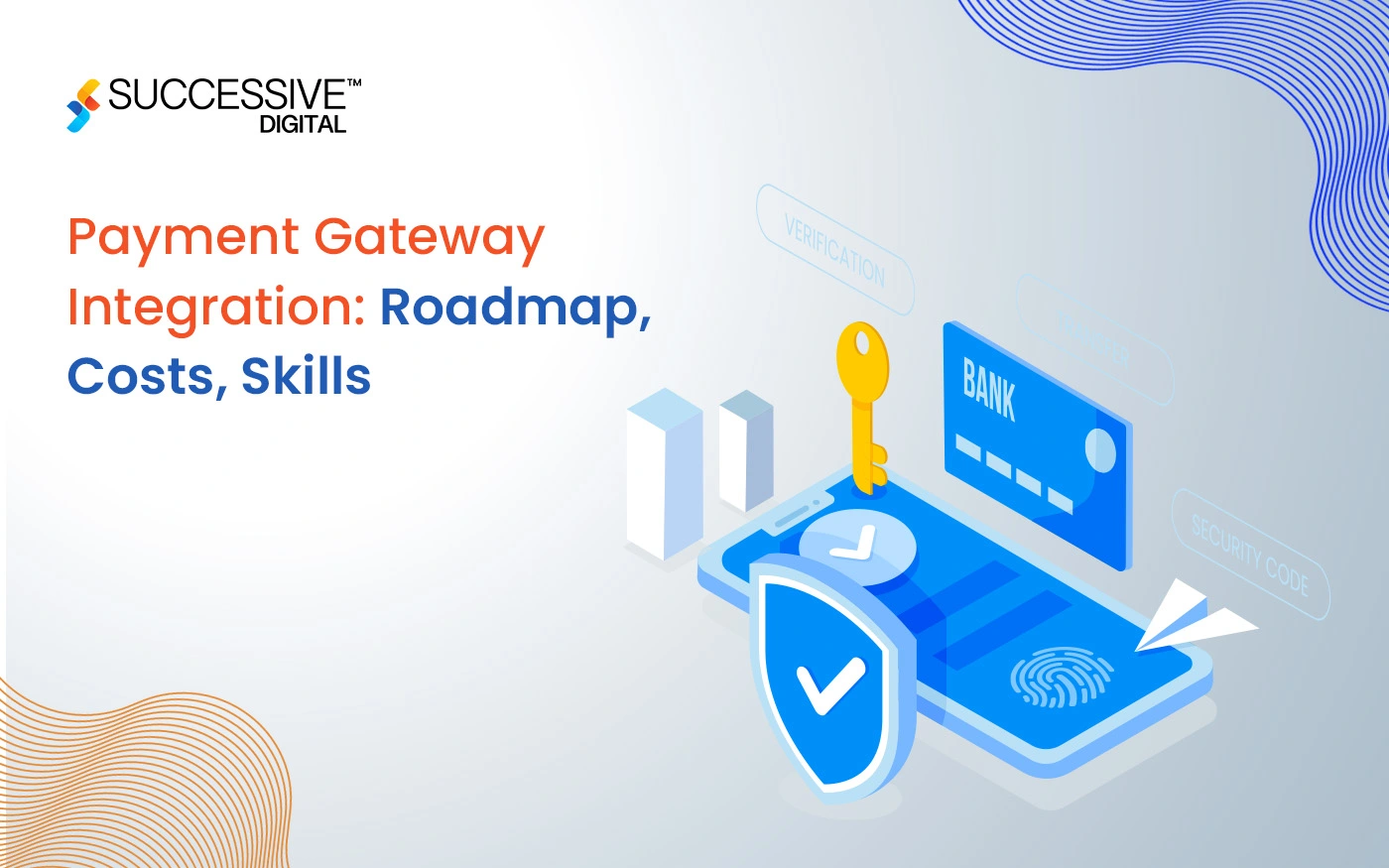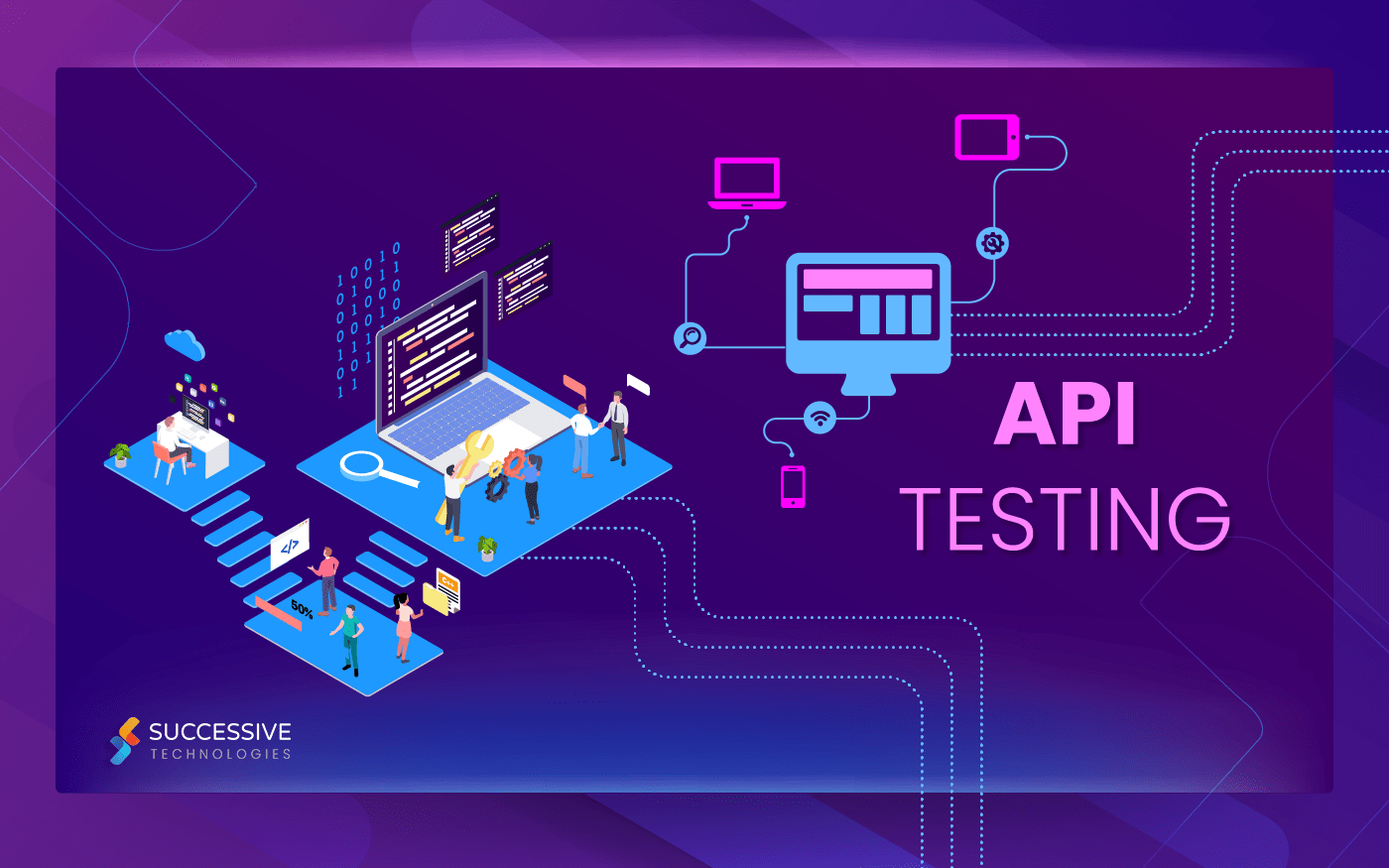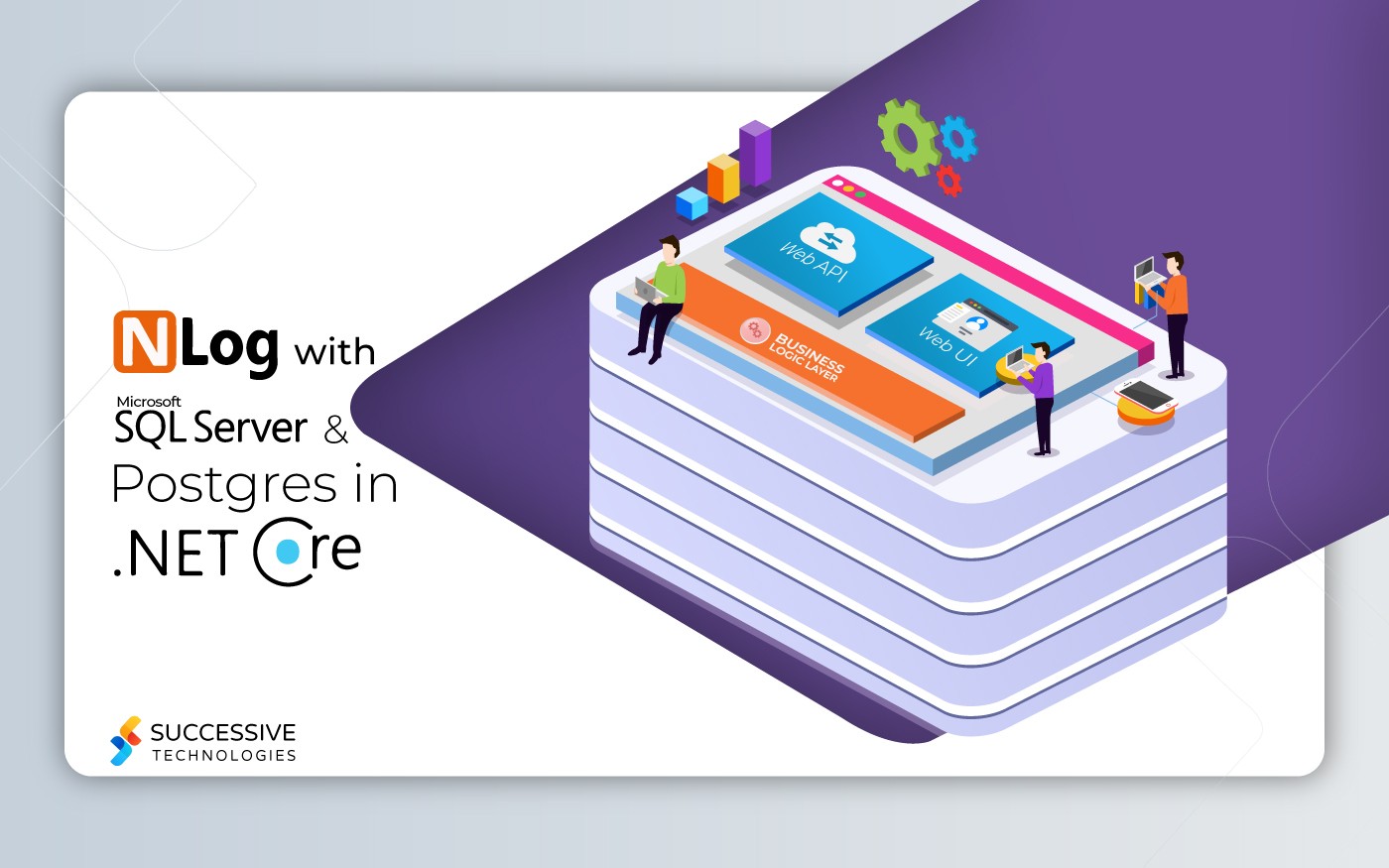- Predictive analytics is a vital aspect of healthcare records analytics. It includes using historical facts to make predictions about destiny’s health consequences. Data scientists and analysts are in excessive demand for developing healthcare algorithms, models, and tools in the healthcare industry.
- Clinical choice support structures (CDSS) use healthcare information analytics to help healthcare specialists make knowledgeable decisions regarding patient care. These structures can offer real-time records, evidence-based hints, and alerts for capacity troubles like drug interactions.
- Population health control uses healthcare facts analytics to enhance the health of entire communities or patient populations. It includes analyzing records from numerous sources to perceive health traits and disparities.
- Telehealth and remote monitoring have won enormous prominence, particularly during the COVID-19 pandemic. Remote patient tracking devices collect information on vital signs and symptoms, signs and symptoms, and remedy adherence.
Data at the Forefront of a Healthcare Revolution
Healthcare information analytics is at the frontline of a healthcare revolution. It can transform patient care, streamline healthcare operations, and force clinical discoveries. However, it also faces challenges related to data privacy, integration, and regulatory compliance. As technology advances and the healthcare enterprise embraces records-driven processes, the destiny of healthcare looks brighter than ever, with analytics playing a pivotal position in improving results for sufferers and providers alike. With ongoing tendencies and improvements in this field, we can count on healthcare information analytics to hold its journey toward shaping a healthier world.
One of the most promising aspects of healthcare records analytics is its ability to allow personalized care. Each affected person is unique, and their response to treatments can vary drastically. By analyzing an affected person’s ancient fitness records, genetic facts, and different applicable elements, healthcare professionals can develop treatment plans that are tailor-made to the patient’s specific disease. This leads to more powerful remedies and less detrimental effects, improving the overall outcomes of care.
Tailored Treatment: Predictive Analytics
Predictive analytics have the potential to recognize individuals with a heightened probability of contracting a specific illness, such as diabetes, cardiovascular disease, or cancer. By surveying patient information, such as medical records, genetic information, lifestyle factors, and even social influences on health, predictive models can build risk ratings. Such scores can lead healthcare professionals to those patients’ showing signs of being in peril earlier, allowing for proactive ways to minimize the severity of disease and related healthcare costs.
The utilization of predictive analytics in personalized medicine is extraordinarily exciting. By analyzing a patient’s genetic information, medical history, and treatment response data, medical practitioners can craft customized remedy plans that consider the individual’s unique qualities. As an illustration, in oncology, predictive analytics can determine the most viable chemotherapy regimen based on the patient’s genetic nature, thus effectively cutting down side effects while enhancing results..
Hospitals and medical systems encounter the relentless test of asset appropriation, including staff booking, apparatus use, and stock administration. Anticipatory examination assists with optimizing these procedures by anticipating admissions, emergency clinic visits, and medical procedure requests. This enables medicinal offices to legitimately allocate assets, reducing wait times and improving the patient experience.

High-quality Care with Cost Savings
Healthcare organizations are constantly challenged to be cost-efficient yet keep delivering top-notch care. Healthcare data analytics provides answers to these difficulties. Medical facilities can optimize their operations by evaluating information on resource utilization, patient circulation, and stock control. This reduces costs, minimizes waiting times, and improves patient experiences.
Faster Drug Discovery and Development
The pharmaceutical sector is benefitting from the rewards of healthcare data analytics. Long and expensive procedures are usually involved in the identification and production of drugs. By managing extensive data sets and running virtual tests, scientists can pick out potential drug candidates more expeditiously. This accelerates the advancement of new medicines, bringing life-saving remedies to people in shorter time frames.
Population Health Management
Population health management utilizes healthcare data analytics to advance the health of entire communities or patient groups. It necessitates sifting through data from multiple sources to detect health trends and disparities. Healthcare providers can then craft focused interventions and prevention methods. For example, if data analysis uncovers that a particular population has a sizable incidence of obesity and diabetes, healthcare providers can concentrate on empowering residents with information on healthy eating and physical activity.
Trends Shaping the Healthcare Data Analytics Future
AI and machine learning are set to assume an increasingly essential role in healthcare data analytics. These advancements can break down tremendous informational indexes, distinguish examples, and make estimates with remarkable exactness.
With the approach of 5G and improved availability, ongoing healthcare examination will become more predominant in human services. This will permit remote patient monitoring, instant health input to clinicians, and quicker response to emergencies.
Blockchain innovation can upgrade information security and interoperability in medical services by giving a tamper-proof ledger of patient data access and changes.
The COVID-19 pandemic energized the adoption of telehealth. Healthcare data analytics is expected to keep on accelerating remote patient monitoring and virtual health services at conveyance.












